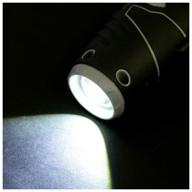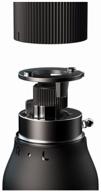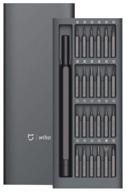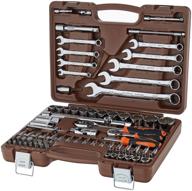
Review on ⚡️ AIMS Power PICOGLF30W12V120VR 3000W/9000W Surge 12VDC to 120VAC Pure Sine Inverter Charger Backup Power Solution by Scott Decoteau

AIMS low frequency/pure sine wave inverters offer the best value for money.
This spring I bought a 2000 watt version of this low frequency pure sine wave inverter from Revain and installed it in my RV and was delighted. This was version 2.0 of my electrification project without a generator. I got tired of running the onan generator every time I wanted to turn on the microwave or make coffee. I first bought a modified 3500w sine wave inverter powered by four 6v golf cart batteries. The modified sine block was fine, but my microwave and other electronics didn't like the square wave. Another problem is that the AC voltage dropped to 85 volts when the batteries died. The My Aims device will output 121-123 volts at 60 Hz until low voltage lockout. Why do you need a low frequency inverter and not a high frequency inverter? These devices have huge copper coils and can deliver up to three times their rated power for 20 seconds. Even a 2000 watt unit powers my air conditioner which takes almost 5000 watts to start. The charger for a 3000 watt device is rated for a maximum of 100 amps and 70 amps for a 2000 watt device. I take a 2000 (1600 continuous) watt inverter generator with me for emergency charging. With my solar charge, gas fridge and frugal use of the inverter, I rarely need a generator. The problem is that the circuit breaker trips on this generator with the full charging power of the inverter. Aims has a solution to this problem with a rotary control on the panel that allows you to turn off the power sent to charge. I set this so that the generator runs at a pleasant 75% of its maximum speed and the batteries are still fully charged for several hours. Another nice feature is that the inverter does not switch to shore power for 15 seconds after it is plugged in. This gives it time to spin and warm up a bit before taking on the load if it was plugged in at launch. Why do I have a 2000w inverter and not a 3000w inverter? Note that 3000 watts/12 volts equals 250 amps. A continuous current draw of 250 amps in a 12 volt system generates an enormous amount of heat in wires, wire connectors, battery switches and bus bars. In RV conditions, this is almost terrible heat. I've installed marine grade bus bars and battery disconnects, all fused and wired with 2/0 weld leads, but these connections get hot even with 1500w of continuous power draw. Only a 12 volt system can do this. For this reason, inverters with higher output power are usually only offered for 24 or 48 volt DC systems. Not to mention that a 3000w device is not a great device. Just be mindful of the battery, wiring, and electrical components required to safely provide that 12 volt level. I found this not to be good practice. Bought a good hydraulic crimp cable and all new copper ferrules. I redid all the wire ends and soldered them with shrink tubing after crimping. Doesn't matter. I was dissipating a lot of power at those ends of the cable and generating heat. Now my battery lasts much longer and the connectors don't get hot. And one more thing: you need a remote control with an Aims block. You'll likely find the device in places where accessing the controls isn't as easy, and the remote control is much easier to use anyway. Having installed it for 6 months, I never look at the inverter itself, just turn it on and off with the remote control in the wall and check the battery voltage and AC load.
- practical item
- safety
New products
Comments (0)
Top products in 🔋 Jump Starters, Battery Chargers & Portable Power

Mroinge Automatic 6V/12V Trickle Charger For Vehicles, Motorcycles, Boats And More - Maintain Your Batteries With Ease!

29 Review
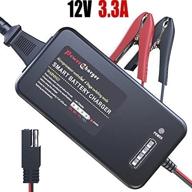
Efficient Charging With LST 7 Stages 5A Battery Charger - 3.3A 12V For Ultimate Performance

35 Review
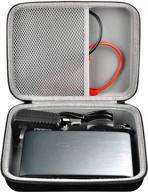
Case Compatible With Halo Bolt Portable Car Battery Jump Starter 58830/44400/57720 MWh Charger. Power Bank Holder For Halo Power Station 100/For AC Outlet.(Not Fits For Halo Bolt Air, Box Only)

24 Review
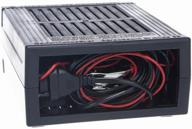
Charger Vympel 57 black

110 Review


